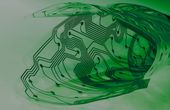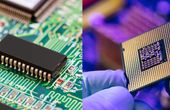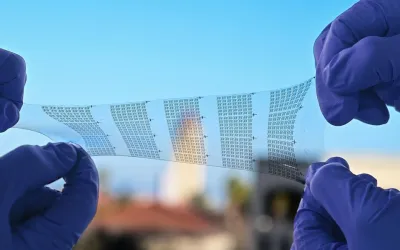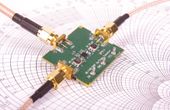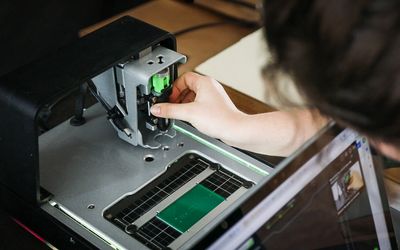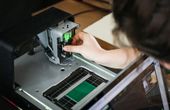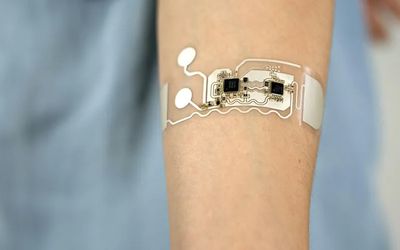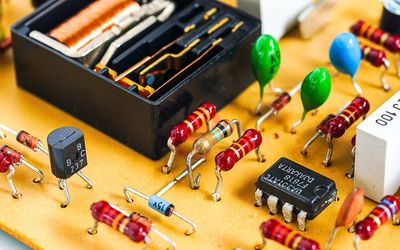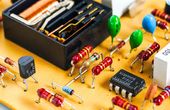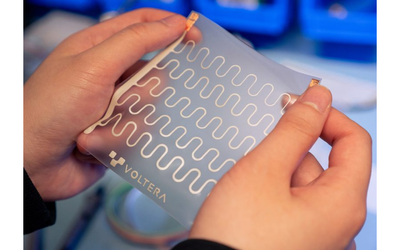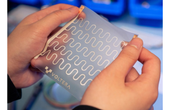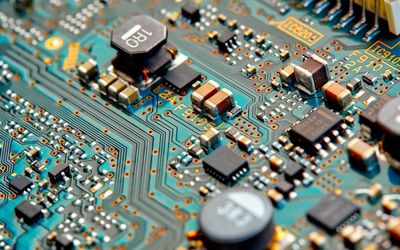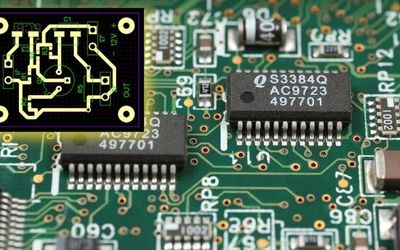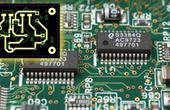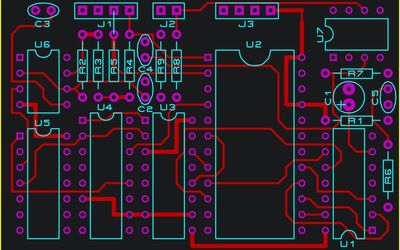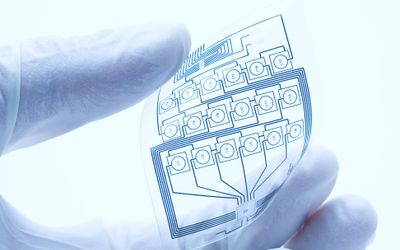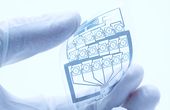Engineers, researchers, entrepreneurs, inventors, and end users are invited to join TechBlick Innovations Festival, exploring additive, printed, 3D, and wearable electronics on 25 April 2024 online.
Be the first to know.
Get our flexible electronics weekly email digest.
Tagged with
flexible electronics
ORGANIZATIONS. SHAPING THE INDUSTRY.
NC State University
University
NC State is a powerhouse in science, technology, engineering and math. We l...
3 Posts
DP Patterning
Appliances, Electrical, and Electronics Manufacturing
Dry Phase Patterning – Innovative Technology for Flexible Circuit Board Pro...
Latest Posts
event | APR 25, 2024
Electromagnetic Compatability protection in industry: The indispensable pillar for safe and reliable systems
In a world that is increasingly dependent on electronic technology, EMC protection plays a vital role in a wide range of industries. Whether in automotive, aerospace or power generation, EMC protection is essential for the reliability, safety and performance of electronic systems.




